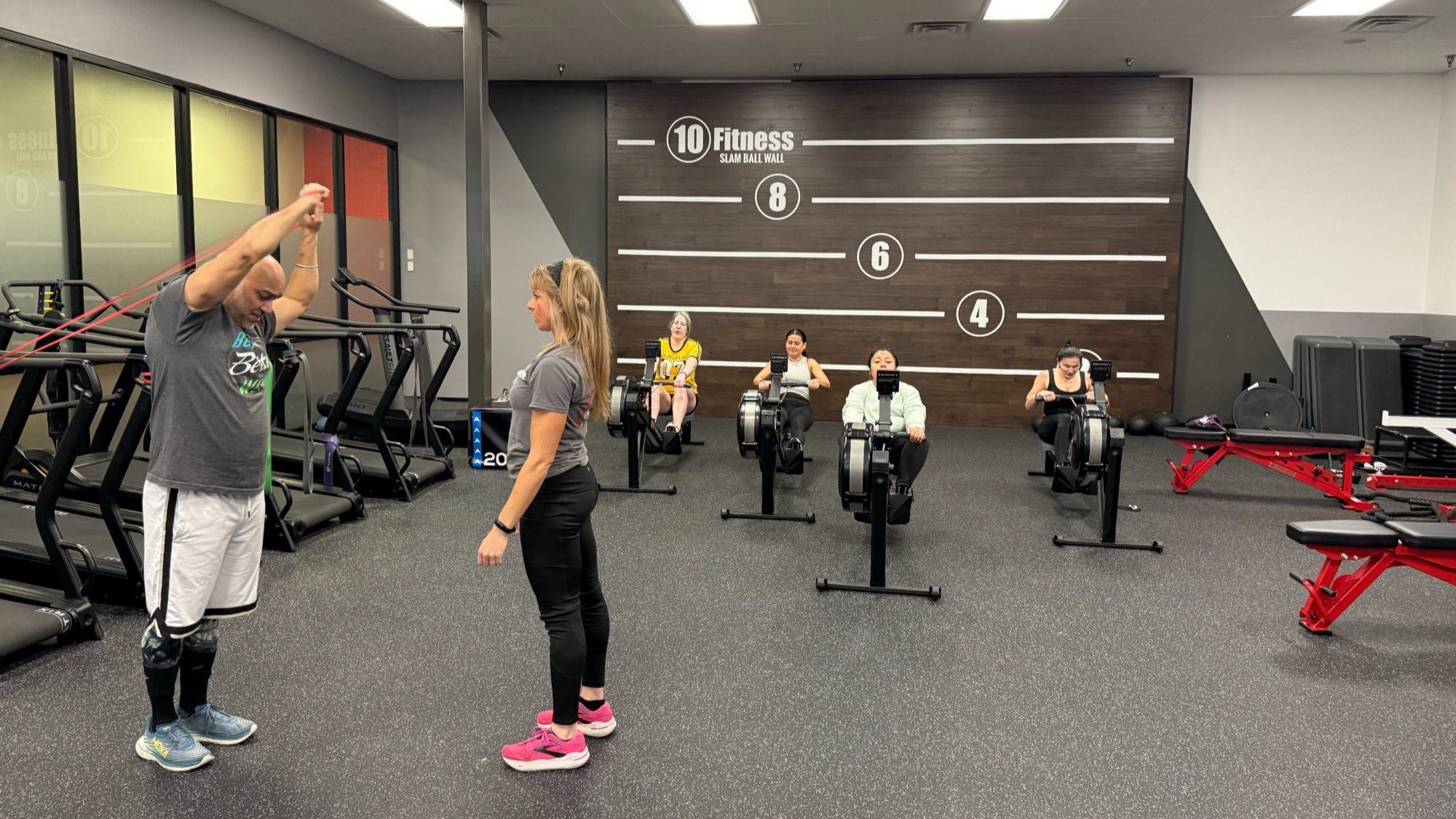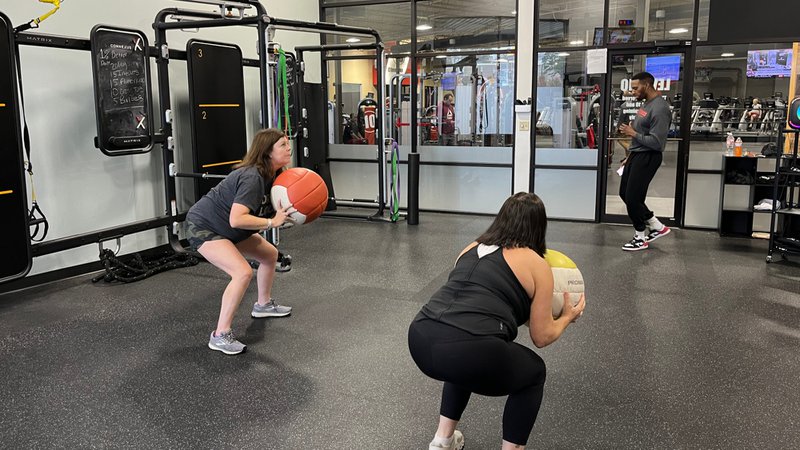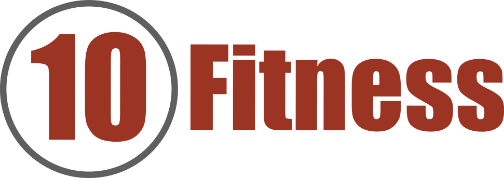
Walking into the gym for the first time can feel overwhelming. Rows of machines, heavy weights, and fast-paced workouts—it’s a lot. But here's the truth: you don’t need to know everything to begin. You just need a clear plan that fits you, and some solid, structured gym workouts meant for beginners, without overcomplicating it. We’ll go over how to start right, stay safe, and build the fitness life you want—without overspending.
Key Takeaways:
- Start each workout with a 5-minute warm-up (walk, leg swings, arm circles)
- Begin strength training with compound movements: squats, chest presses, lat pulldowns, planks
- Use machines at first to support form; start with leg press, lat pulldown, chest press
- Select weights that allow 10–15 reps with good form
- Beginner routine: 3 gym days/week – 1 cardio, 1 lower body, 1 upper body
- Best way to track progress: record reps, weight, and effort in a notebook or app
- Stretch after workouts to aid recovery and reduce soreness
- Confidence tip: go during quieter hours and plan your exercises ahead
- Combine cardio and strength for better fat loss; don’t rely only on the scale
- Signs of progress: increased endurance and strength, better-fitting clothes, consistent tracking

Gym Workouts for Beginners: Your Ultimate Strength Training Start Guide
Starting strength training at the gym can feel overwhelming at first. However, with the right plan, the right mindset, and some consistency, gym workouts for beginners can bring fast results. Whether your goal is to build muscle, tone your body, or lose fat, strength training is one of the most efficient ways to get there. And fortunately, beginner-friendly gyms like 10 Fitness make it easier than ever to begin.
So, let’s walk through everything you need to know—including how to warm up, which exercises to start with, how to use machines, and how to structure your week. With proper guidance and a few smart tips, you’ll feel confident and strong in no time.
Warming Up Is the First Step in Any Beginner Strength Workout
To begin safely, always warm up before lifting weights. This step is essential because it helps your body prepare for movement and reduces your risk of injury. A good warm-up includes five minutes of light cardio, such as walking on a treadmill or using a rowing machine. Then, add gentle mobility work like arm circles, shoulder rolls, and leg swings.
These warm-ups increase blood flow and activate your joints. As a result, your muscles perform better, and your form improves. So even if you’re short on time, never skip this step.
Choose the Right Strength Exercises First
When starting gym workouts for beginners, it's best to focus on compound exercises. These movements use multiple muscle groups at once, helping you build strength more efficiently. For example, squats, chest presses, lat pulldowns, and planks are all excellent choices. Each one targets a major area—legs, chest, back, and core—giving you a strong foundation.
Machines are especially helpful in the beginning. They guide your form and reduce injury risk. Try goblet squats or box squats for your legs, dumbbell chest presses for your upper body, and lat pulldowns for your back. Add in a high plank to activate your core and improve posture.
Start With Manageable Weights and Track Your Progress
When choosing your starting weight, select something you can lift 10–15 times with good form. The last few reps should feel challenging, but not impossible. If you're breezing through the set, it’s time to go heavier. If you're struggling after just a few reps, lighten the load.
Here’s a simple test:
- Do a trial set of 12 reps
- If it feels too easy, go heavier next set
- If your form breaks, go lighter
- Write down the weight used and how it felt
Tracking your progress is essential. Use a notebook or app to log your sets, reps, and how each session felt. Over time, you’ll see improvements that keep you motivated.
Gym Workouts for Beginners: Learn to Use Machines the Right Way
Many beginners feel unsure about how to use gym machines. Fortunately, most machines come equipped with helpful diagrams showing the correct form and setup. First, start with beginner-friendly machines that effectively target large muscle groups, such as:
- Leg Press: This works your thighs and glutes. To begin, keep your back flat and knees soft.
- Lat Pulldown: Specifically strengthens the back and arms. As you pull, make sure to bring the bar to chest level.
- Chest Press: This machine mimics a push-up. Remember to keep the handles at chest height.
- Shoulder Press: Gradually builds shoulders and arms. Press overhead slowly for the best results.
- Leg Curl: Targets hamstrings. Focus on curling and lowering the weight with control.
- Cable Row: Effectively works the upper back. Always keep your posture straight.
Additionally, always adjust the seat and handles to match your height for optimal comfort and safety. Initially, start with a manageable weight and prioritize form over speed.
If you’re still unsure or need extra guidance, don’t hesitate to ask the staff for help. In supportive environments like 10 Fitness, team members are readily available and happy to assist new members in getting started safely.
Build a Simple Weekly Gym Routine That Supports Strength
To avoid burnout, start with three gym workouts per week. This gives your body enough time to recover while allowing you to build a habit.
Here’s a sample beginner schedule:
- Day 1 – Cardio Focus
- On Day 2 – Lower Body Strength
- Day 3 – Upper Body Strength
On Cardio Day, warm up with a five-minute walk. Then, use a treadmill, bike, or rower for 20–25 minutes at a steady pace.
For Lower Body Day:
- Box Squats – 3 sets of 10
- Lunges – 3 sets of 10 per leg
- Glute Bridges – 3 sets of 15
- Calf Raises – 3 sets of 20
On Upper Body Day:
- Lat Pulldown – 3 sets of 10
- Dumbbell Chest Press – 3 sets of 8–12
- High Plank – 3 sets of 30 seconds
Between each workout day, take at least one rest day. This schedule (e.g., Monday, Wednesday, Friday) keeps you consistent while giving your muscles time to recover and grow.
Use Compound Movements to Build Strength Fast
When learning gym workouts for beginners, compound exercises are your best friend. These movements use more than one joint and muscle group at once, making your workouts more efficient.
Try this Push/Pull/Legs split:
- Day 1 (Push): Chest Press, Shoulder Press, Triceps Pushdowns
- Alternate on Day 2 (Pull): Lat Pulldown, Dumbbell Rows, Biceps Curls
- Day 3 (Legs): Squats, Glute Bridges, Calf Raises
Do 3 sets of 10–15 reps per exercise. As your body adapts, increase either the reps or the weight.
Focus on Full-Body Workouts to Maximize Results
For many beginners—especially women—full-body workouts help build balanced strength. These routines train your major muscle groups while keeping your sessions efficient.
Here’s a beginner-friendly full-body circuit:
- Dumbbell Hip Bridge – 20 reps
- Deadbug – 10 reps per leg
- Dumbbell Lunge – 10 per leg
- Renegade Row – 10 per side
- Romanian Deadlift – 10 reps
- Floor Press – 10 reps
- Goblet Squat – 20 reps
- Russian Twist – 10 per side
- Forearm Plank – 30 seconds
Perform the circuit two times per week, resting a day in between. Add a third day as you gain strength.
Combine Strength Training and Cardio for Fat Loss
To lose fat and build lean muscle, pair strength workouts with cardio. Strength training increases your resting metabolism, while cardio burns calories during the workout.
Here’s a 3-day weekly plan for fat loss:
- Begin Day 1: Cardio (25 minutes)
- Day 2: Lower Body Strength
- Day 3: Upper Body Strength
Use rest days for active recovery—go for a walk or stretch. This approach prevents burnout and helps your body stay energized.
Track Results Beyond the Scale
Fat loss doesn’t always show up right away on the scale. However, you can still track progress in other ways:
- Measure your waist
- Take weekly progress photos
- Log your workouts and energy levels
- Note strength improvements (e.g., lifting heavier)
These indicators give a better picture of overall health and progress.
Make Your First Few Weeks Count
During your first few weeks at the gym, it’s important to keep things simple and consistent. Choose movements you enjoy. Stick with 45–60 minute sessions. Use machines to learn form, then switch to free weights when ready.
Warm up before each session with a five-minute walk and some mobility drills. Cool down with light stretching to prevent soreness.
If you’re unsure where to start, try beginner resources like the on-demand workout classes at 10 Fitness.
Stay Consistent and Trust the Process
Progress takes time. But with consistent gym workouts for beginners, results will come. After one week, you’ll feel stronger. After a few weeks, you’ll see changes in your body and energy levels.
Don’t worry about being perfect. Just keep showing up, move with intention, and rest when needed.
Ready to Begin? Here’s Your Next Step
Find Your Nearest 10 Fitness Location Today
You don't need to figure it all out alone. With supportive staff, beginner-friendly machines, and a welcoming atmosphere, 10 Fitness is the perfect place to start your journey. Take that first step toward a stronger, healthier you. Find your local gym and experience the difference today.
By following these gym workouts for beginners, you’ll be well on your way to building strength, boosting energy, and feeling more confident in your body. Every rep counts, and every visit builds momentum. Keep showing up—your success is waiting.

